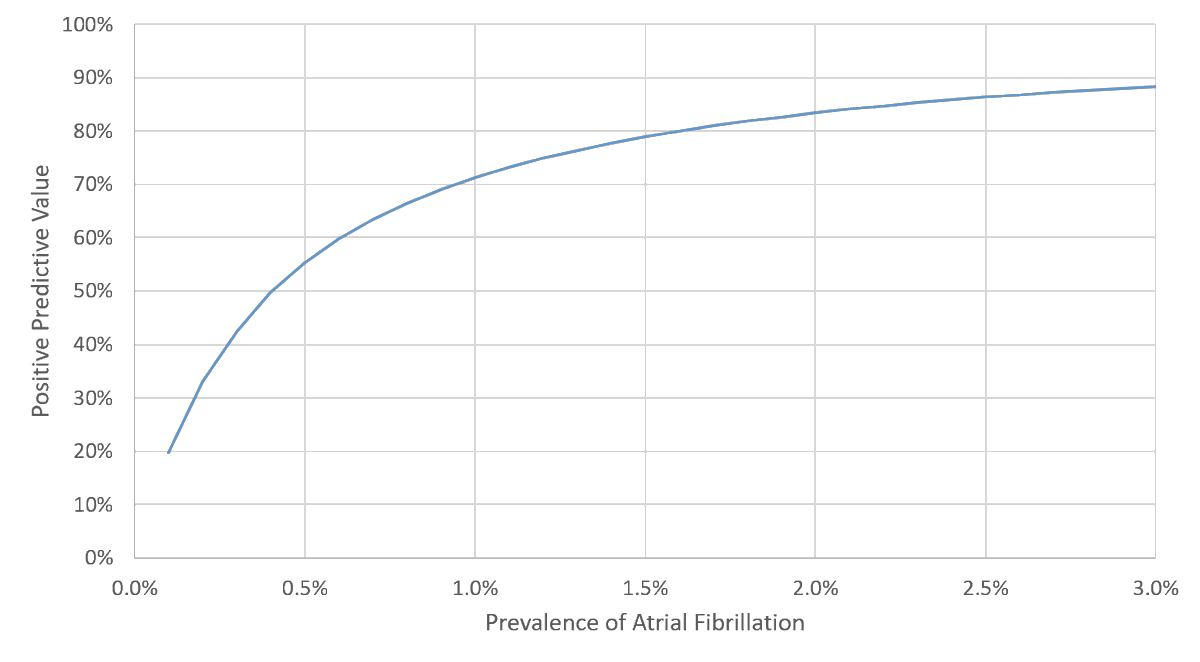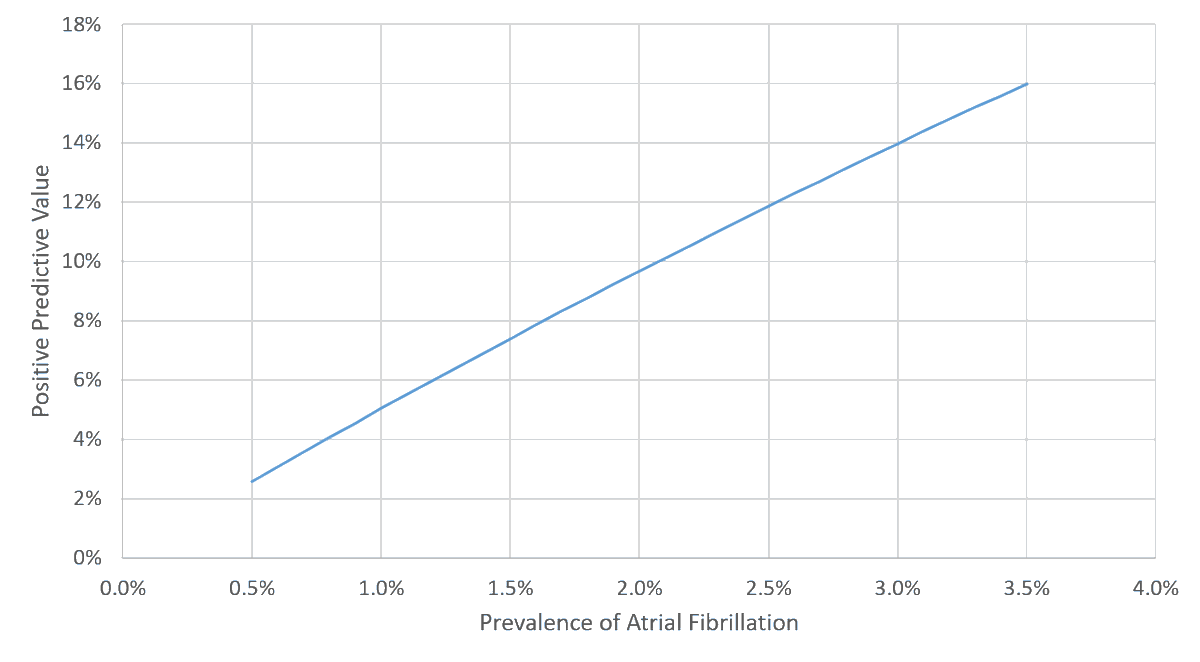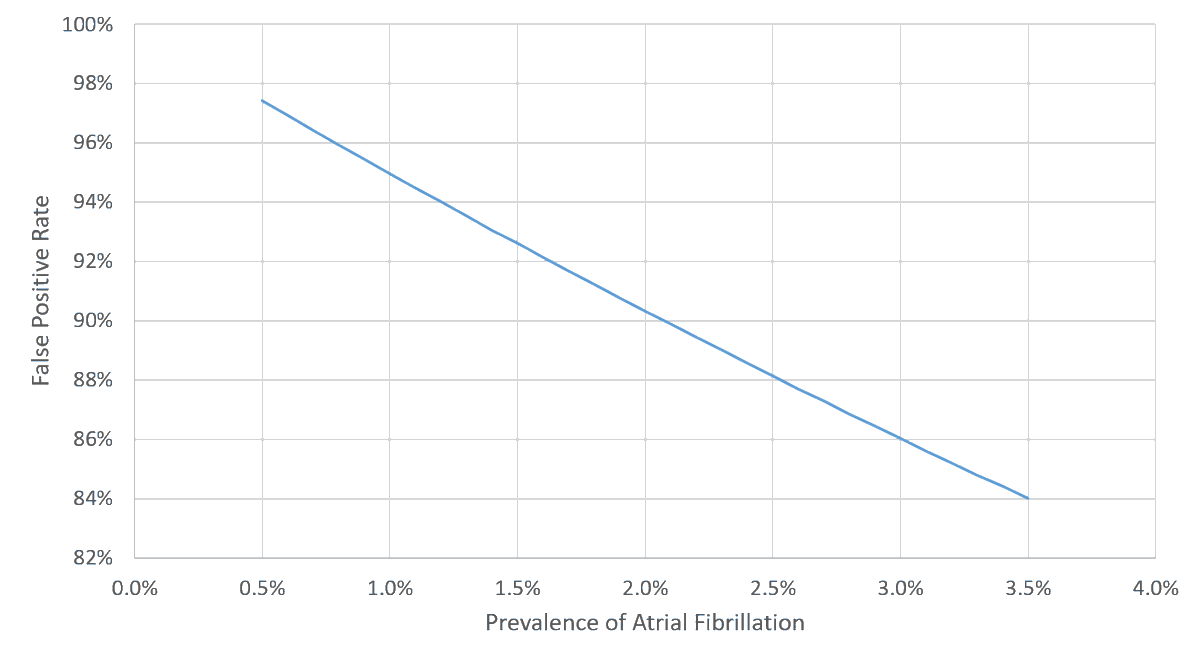Must read.
Updated tweetatorial showing just how bad the PPV might below.
healthnewsreview.org/2018/09/what-d…
1. Yes
2. No, it's AHA endorsed and cool
3. Other
statnews.com/2018/09/13/her…
Prevalence = percent of people in the population with condition, in this case AF.

All good right?
1. Of course @venkmurthy and others over worried. @Apple awesome and @American_Heart know best
2. Ha ha, it gets worse
3. Bring @ProfDFrancis back
It does get worse though.
This is the @American_Heart page on what is a Holter monitor:
heart.org/en/health-topi…
What percentage didn't have AF during the 6 days? (pick the closest)
If you didn't have AF on the gold standard Holter over six days but you did have irregular rhythm on the Watch, the Watch might be wrong... almost 60% of the time.
I don't like working with numbers like 226 because they make mental math hard. Let's just pretend for a second that they study was of 1000 people.
In this case 41.6% of the 1000 people had AF. So how many people had AF?
@purviparwani @bogdienache @MDaware @DGlaucomflecken
Next statistic. We are told that the proportion of people who the watch noted AF during the 6 day Holter period who also had AF on the Holter was 78.9%.
The key numbers would be to fill in this table called a 2x2 table

You can get this by taking the total number of people (1000) and subtracting the ones that had AF on Holter (416).
This is actually the PPV (Positive Predictive Value). Pretty darn good, right?
Most statisticians hate PPV because it isn't constant across populations. It depends heavily on how frequent the disease is in a population.
Specificity is the fraction of people who don't have the disease (all Holter no AF) that the Watch also says no AF.
What is that?
en.wikipedia.org/wiki/Sensitivi…
Let's do this step by step. How many people does our gold standard Holter say don't have AF?
This is a moderate specificity. Many medical tests are in this range.
A very minimal increase despite a substantial drop in sensitivity.


So we will worry 19 people for every 1 that has AFib. Does this seem like a good trade off to you?





















